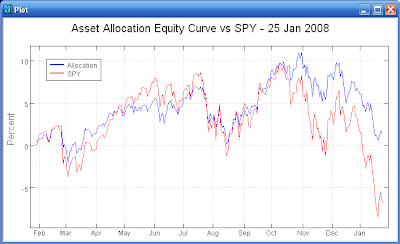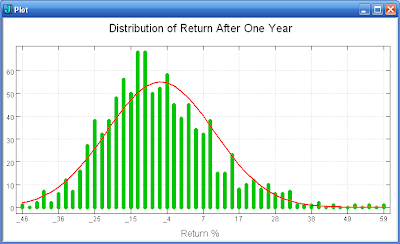
The market has only loved gold the past few weeks. The equity market (SPY) has been making a powerful move down and even the currencies (FXA, FXC, FXE, FXY) have been having some trouble recently. This is illustrated in the image above which shows gold (GLD) and the other mentioned symbols for the past year.
If equities rally will gold back off? Gold has been moving up since early 2001. Can gold remain the last pocket of strength? The gold peak back in 1980-1981 faded well before the beginning of the 1982 equity bull market. It will be interesting to watch gold over the coming weeks.







